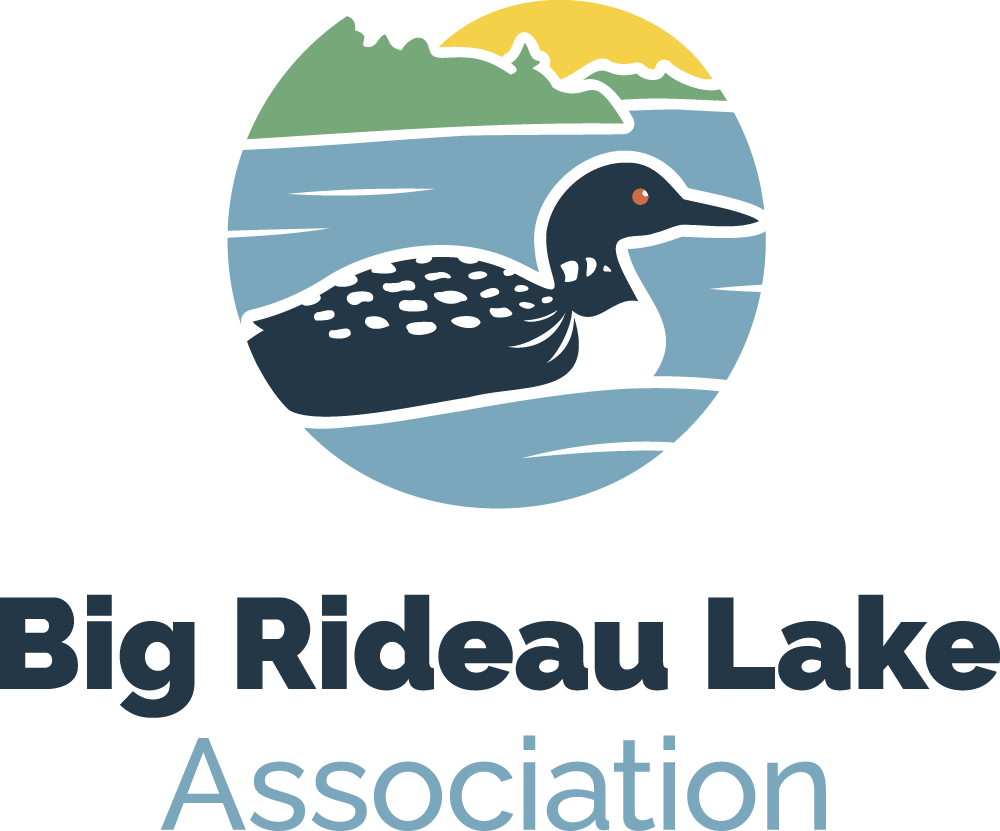What’s with all the algae we’re seeing in the Big Rideau?
In the last 2 or 3 years the amount of algae attached to rocks on the bottom of our lake, floating on the surface and drifting by just under the surface looking like big wads of green cotton candy has definitely increased.
Why?
As a lake gets older, an accumulation of nutrients (phosphorous and nitrates) in the sediment can cause an increased growth in aquatic plants. When a lake also receives an overload of nutrients from storm water run-off, septic systems, or erosion, aquatic plants and algae can grow out of control and cause a host of negative ecological effects, including loss of water clarity, proliferation of aquatic weeds, excessive algae blooms, and drop-offs in dissolved oxygen (a critical factor for fish and other aquatic life).
In scientific circles there is a debate as to whether or not phosphorus is the only nutrient of concern. Apparently it isn't! In lakes and rivers a certain ratio of nitrogen to phosphorus is required to trigger an algal bloom or excessive growth of aquatic plants, and the nutrient which is in shortest supply is known as the “limiting nutrient.” In freshwater systems, the limiting nutrient is often, but not always, phosphorus ...nitrates being the limiting factor.
What can we do to limit Algae and Aquatic plant growth?
Addressing the sources of nutrient addition into a water body is the most effective way to decrease the growth of algae. Simply put, more phosphorus and nitrate input into a lake means more algae growth. (For every pound of phosphorus in the water, 500 pounds of aquatic vegetation are produced!)
We can reduce excess nutrients by;
Reducing or eliminating the use of fertilizers containing phosphorous and nitrates.
Pumping out our septic tanks on a regular basis (generally every 2 -3 years), to reduce the nutrients in the system effluent from migrating into the lake.
Using phosphorus free cleaning products,
Establishing or maintaining a buffer of natural vegetation along our shorelines. Even a well functioning septic system does not eliminate nitrates from its effluent. Shore line vegetation helps trap sediments and dissolved nitrates and other nutrients. These nutrients are then used by the land plants instead of being washed into the lake.
Encouraging local government to maintain good water quality in our lake by instituting and managing storm water runoff.
The following sites are great sources of information:
US Department of Environmental Conservation - facts and photos of harmful algae blooms
Great Lakes Environmental Research



